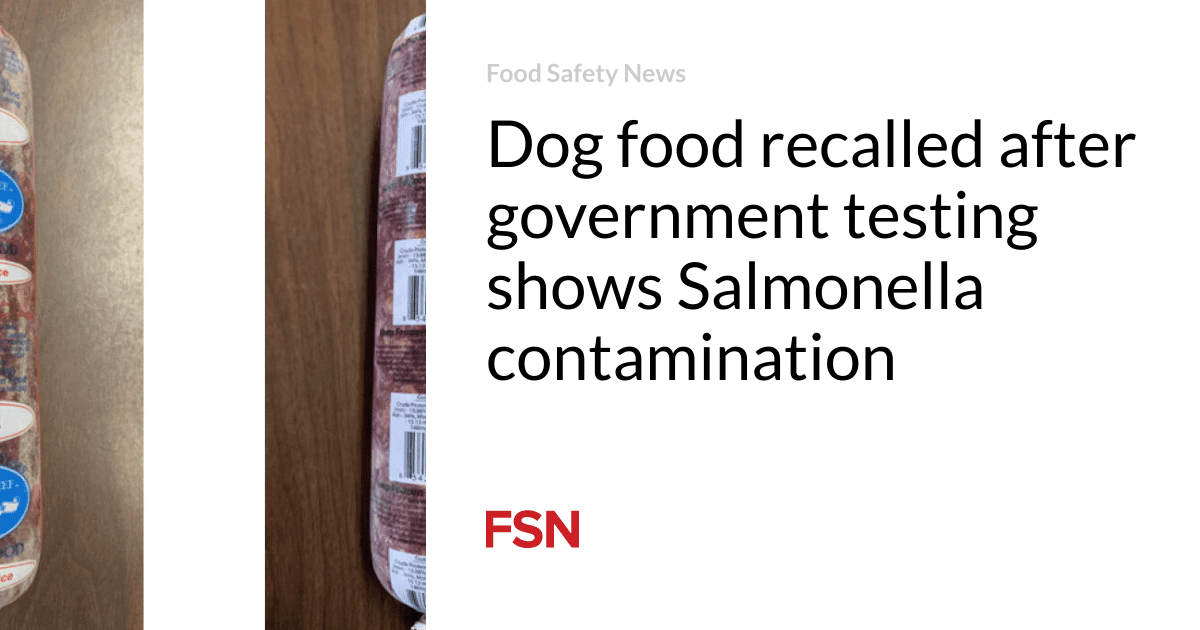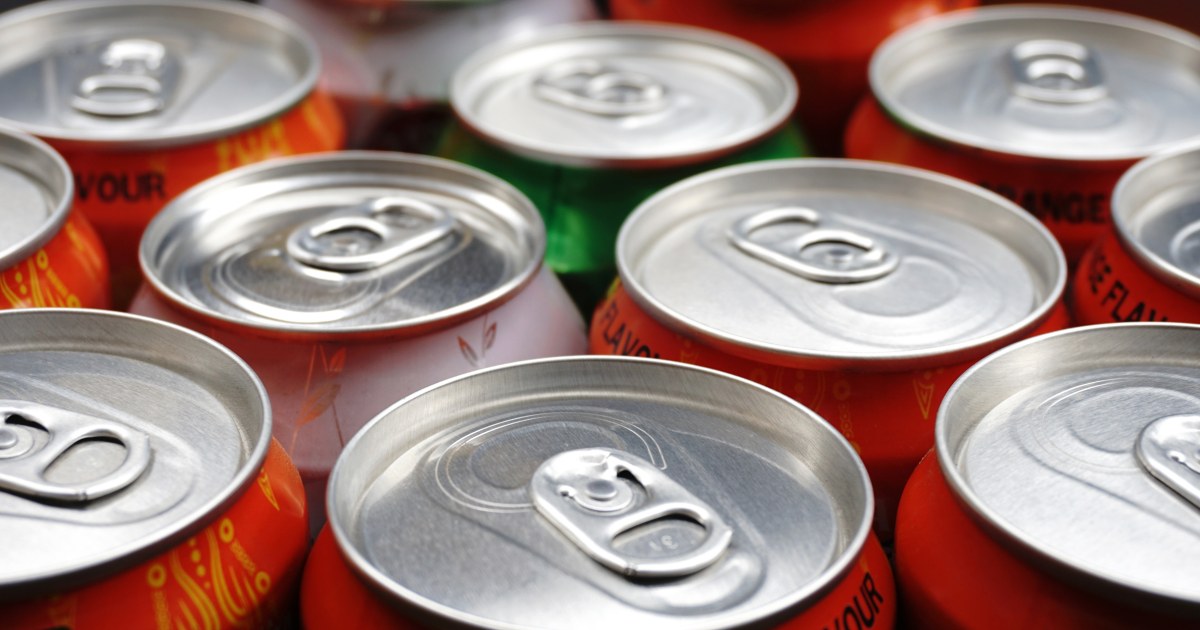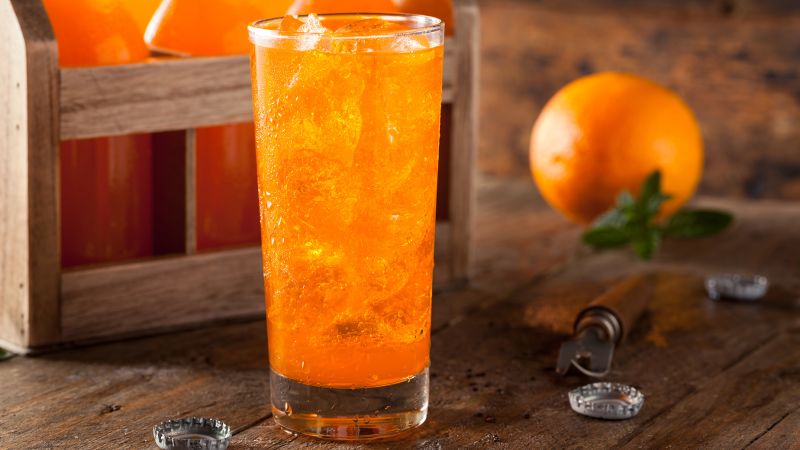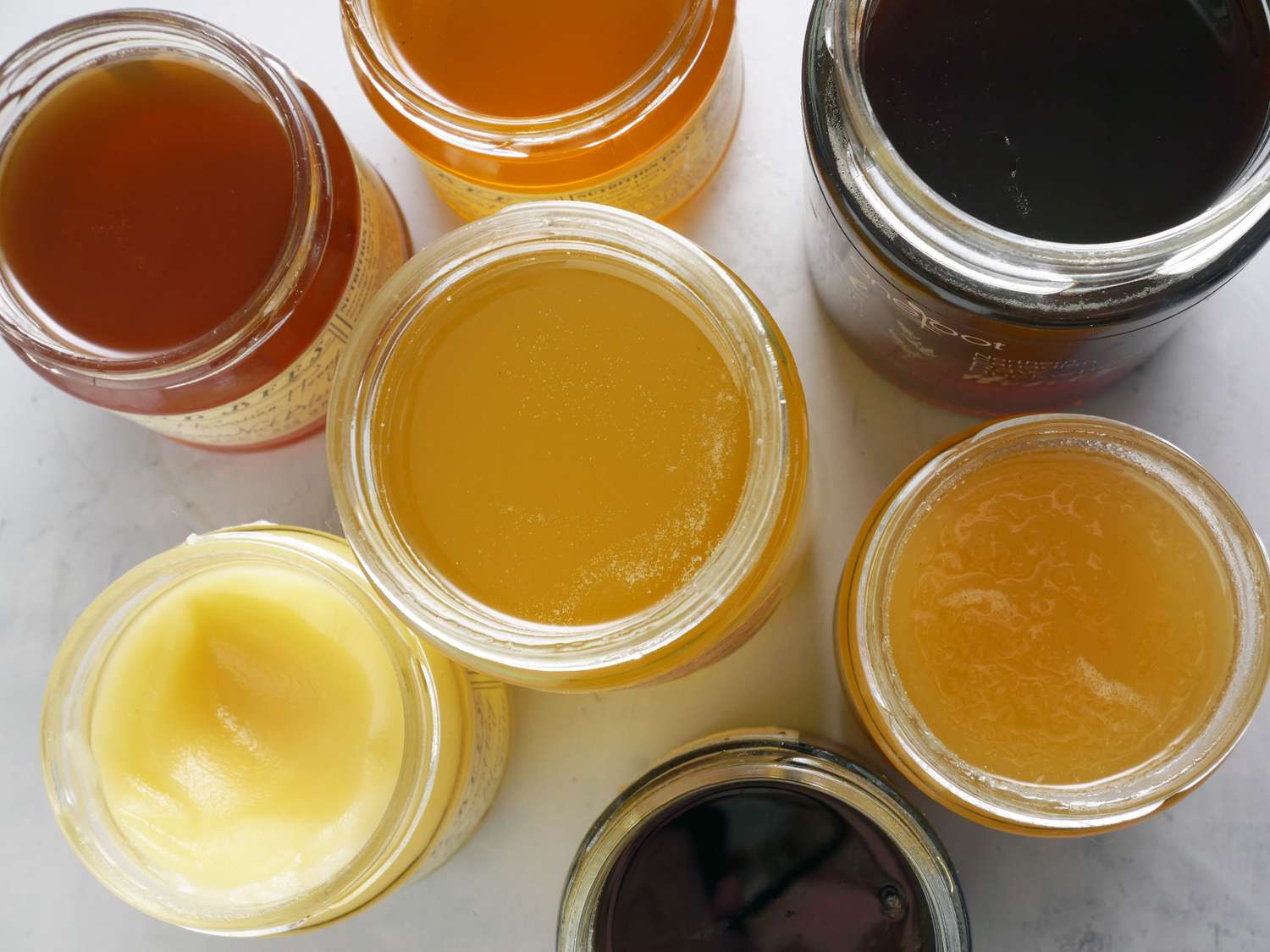Rinse & rePeat
Member
- Joined
- Mar 10, 2021
- Messages
- 21,521
“Lead was found in WanaBana apple cinnamon fruit puree pouches, which are sold nationally at multiple retailers, including Sam’s Club, Amazon and Dollar Tree, the FDA said.”
“Exposure to lead can seriously harm a child’s health and cause damage to the brain and nervous system, slowed growth and development, as well as learning, hearing, speech and behavior problems, according to the Centers for Disease Control and Preventionsaid.
“Even low levels of lead in blood have been shown to negatively affect a child’s intelligence, ability to pay attention, and academic achievement,” the CDC said.”
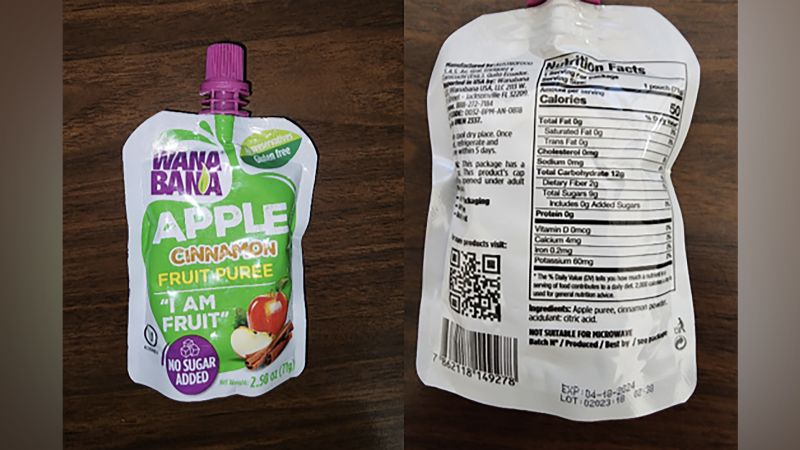
 amp.cnn.com
amp.cnn.com
“Exposure to lead can seriously harm a child’s health and cause damage to the brain and nervous system, slowed growth and development, as well as learning, hearing, speech and behavior problems, according to the Centers for Disease Control and Preventionsaid.
“Even low levels of lead in blood have been shown to negatively affect a child’s intelligence, ability to pay attention, and academic achievement,” the CDC said.”

WanaBana fruit pouches found to have lead, FDA warns parents | CNN
The US Food and Drug Administration is warning parents against buying a brand of fruit puree pouches for their children because they may have contain high levels of lead, the agency said.

